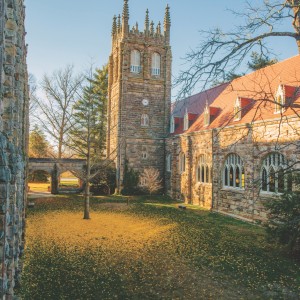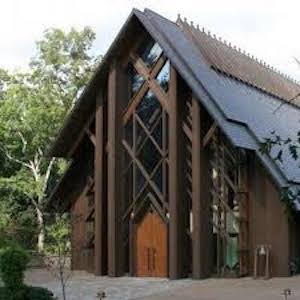The University Art Gallery is delighted to present soft bone, tender body by Chicago-based sculptor and performance artist Nalani Stolz. Working with abstract forms and organic materials and processes, Stolz considers our conceptions of—and experience of inhabiting—our bodies. The artist makes use of materials and practices from the domestic sphere and puts these to new purpose, evoking care and intimacy, while rendering the familiar unfamiliar, and beyond easy or full understanding.
Material surrogates for our bodies and their systems, the pieces included in soft bone, tender body change over time. They grow, and break down. Their surfaces crack and age. They seep. They expand and stretch, they empty. They are shaped by processes—the growth of yeast, fermentation, how vinegars and salt respond. They are porous, they are messy, they elude control, they decay. They are crafted tenderly, they are beautiful, they are temporary.
Nalani Stolz “shift(s) our seemingly solid edges; reminding us that we are … changing, decaying vessels, loosely contained by skin, muscle, and bone."
Nalani Stolz received a B.A. in Sculpture at Whitman College and an M.F.A. in Sculpture from Ohio State University. Her recent solo exhibitions include Bodies Still Becoming at The Sculpture Center, Cleveland, OH in 2024; Tenuous Threads at the Atlantic Gallery, New York, NY in 2023, and Midrib & Trifolio, at the Columbus Printed Arts Center, Columbus, OH, in 2022. She was a resident artist at Prairie Ronde, the Mill at Vicksburg, MI in 2025, at Anderson Ranch Arts Center in 2024, and at the Bemis Center for Contemporary Art in 2023. From 2014-2018, she founded and directed The Birdsell Project, an arts organization and residency program that focuses on bringing artists into spaces to create site-responsive installations.
The University Lectures Committee, Sewanee's Integrated Program in the Environment, Biology, Religious Studies, Humanities, and Art, Art History, and Visual Studies all contributed their support to this exhibition and event. Thank you!
soft bone, tender body will be on view in the UAG Oct. 28 through Dec. 12, 2025. The UAG is open 10 a.m. to 5 p.m. Tuesday through Friday, and noon to 4 p.m. on Saturdays and Sundays. Please note, the UAG will be closed for the University of the South’s Thanksgiving Break, Nov. 22 through 30, 2025.

